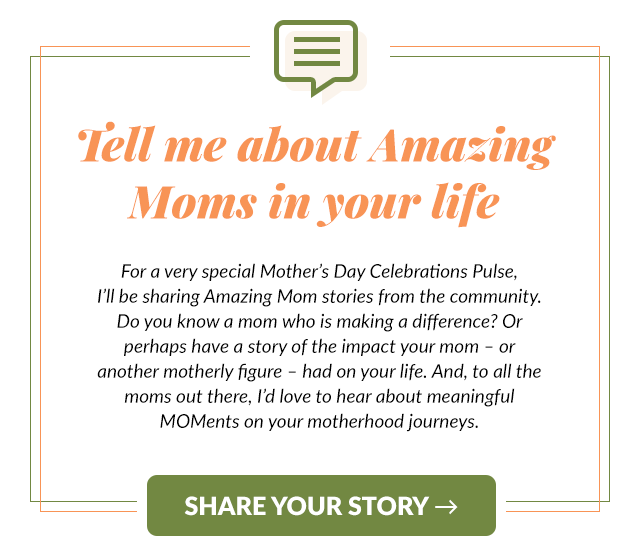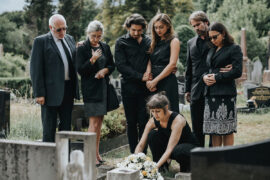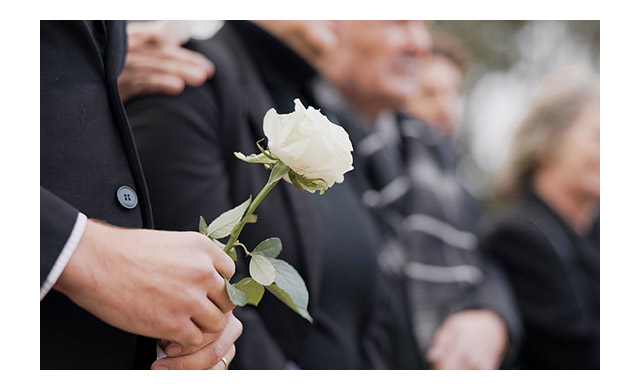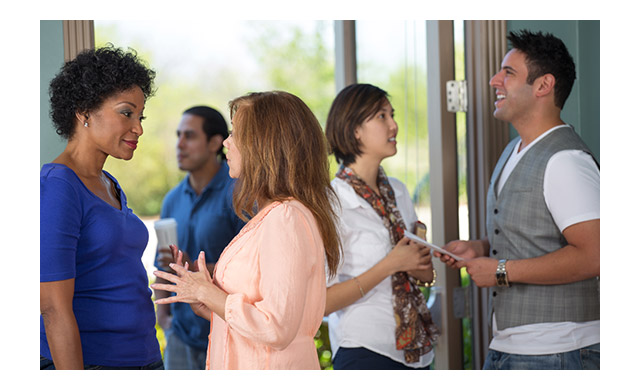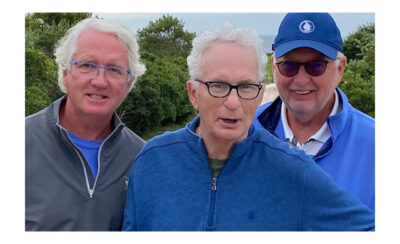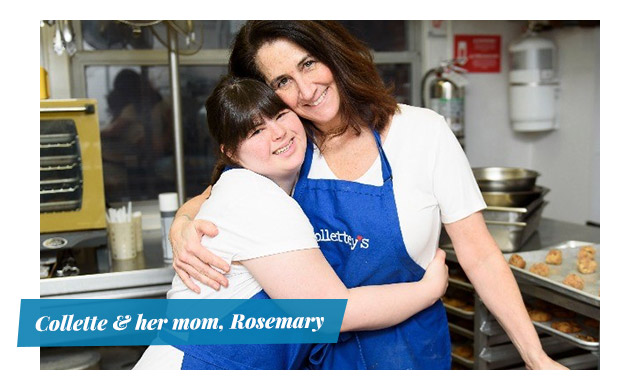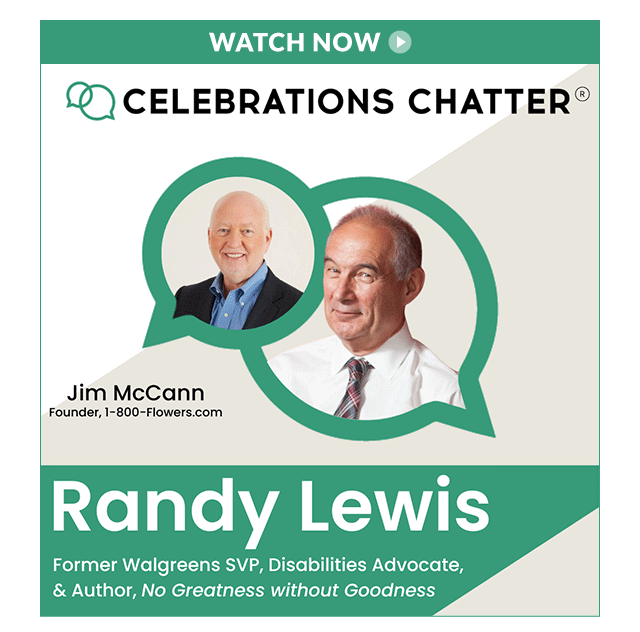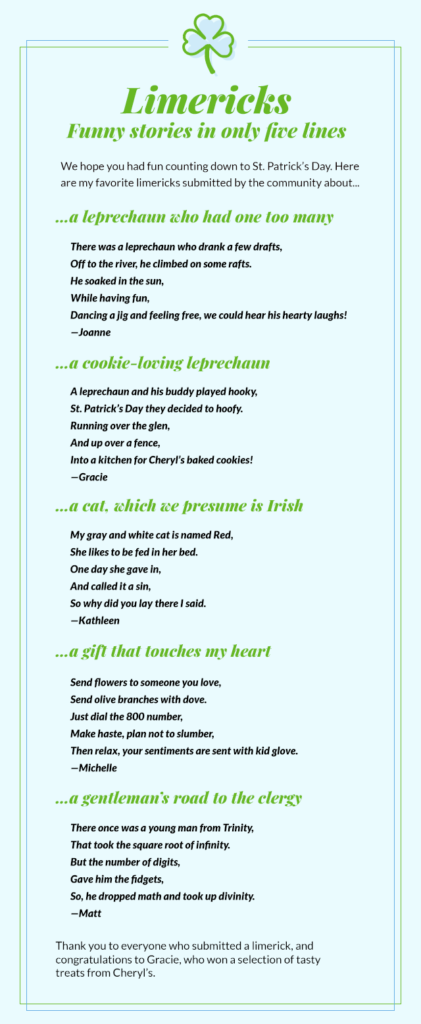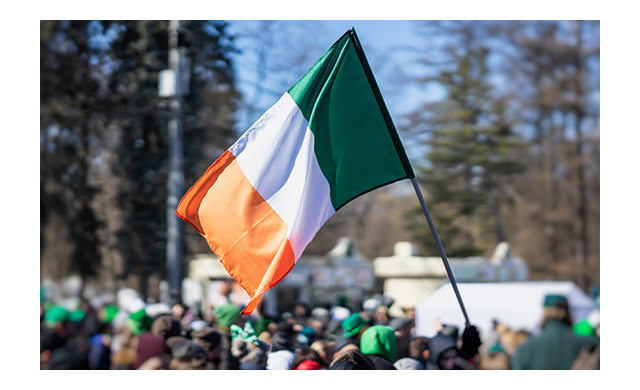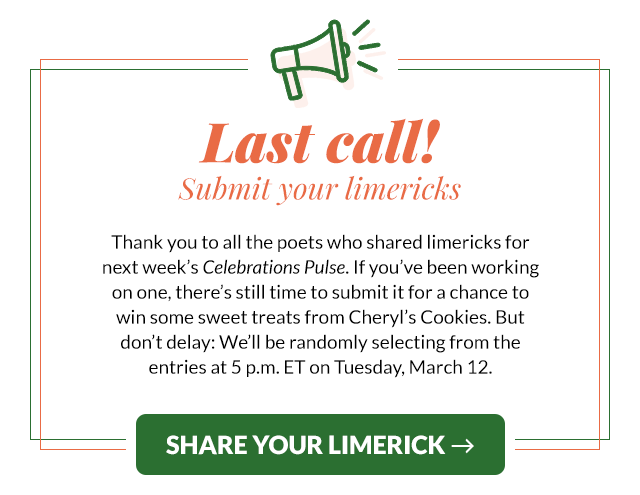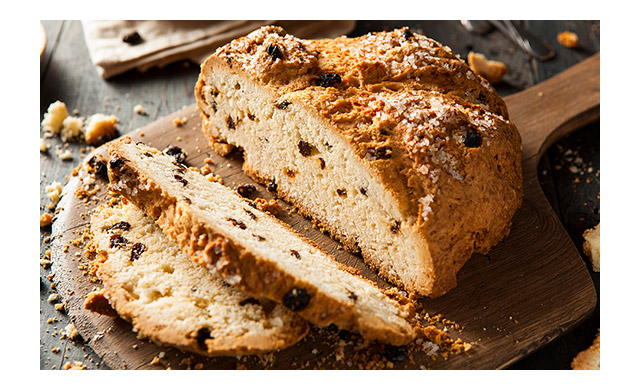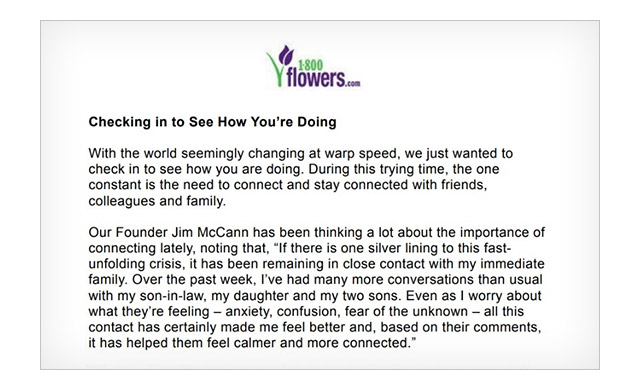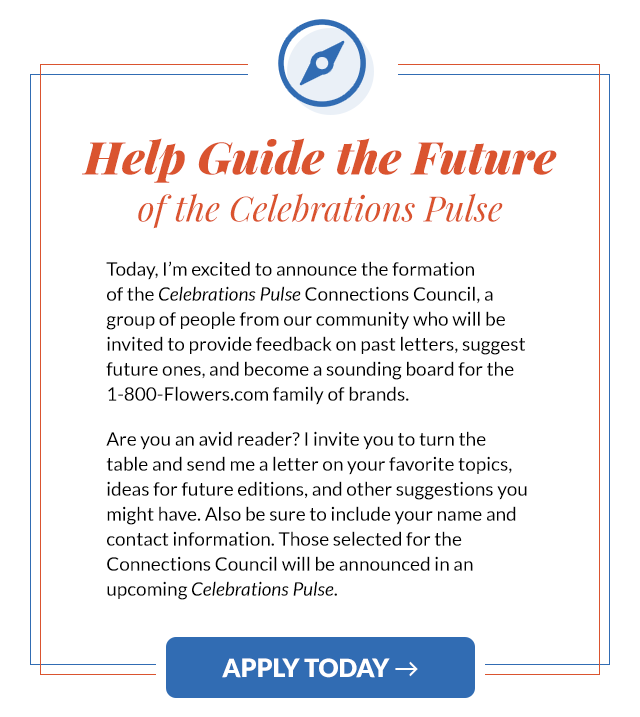Written by our Founder and CEO, the Celebrations Pulse letters aim to engage with our community. By welcoming your ideas and sharing your stories, we want to help you strengthen your relationships with the most important people in your life.
In just two weeks, we’ll be celebrating Mother’s Day, an occasion to honor moms for their love, selflessness, and support. It’s a chance to show appreciation to our biological moms and all the women who play a motherly role in our lives.
Motherhood is a complex journey, and each mom faces unique challenges and struggles. Some may not have the resources they need to thrive, while others may grapple with issues that impact their ability to be the idealized moms that we’ve seen on TV.
Parenthood is a journey of self-discovery and personal development. Even if a mom makes mistakes along the way, she can learn from them, grow as a person, and become better equipped to navigate all aspects of motherhood and beyond.
What makes moms amazing isn’t their perfection but how they adapt to the obstacles they face. I’ve been lucky to meet countless Amazing Moms who not only faced and overcame adversity but are now making a difference for other moms in their communities.
I’d like to introduce you to a few of them and show why Moms Are Amazing.
Supporting military moms
Caro Chambers started in catering, then shifted to recipe development for brands and magazines. Her marriage to a Navy SEAL led to her first cookbook, Just Married: A Cookbook for Newlyweds. Motherhood inspired her second book, What to Cook When You Don’t Feel Like Cooking, aimed at helping young moms juggle cooking with parenting.
But she didn’t stop there.
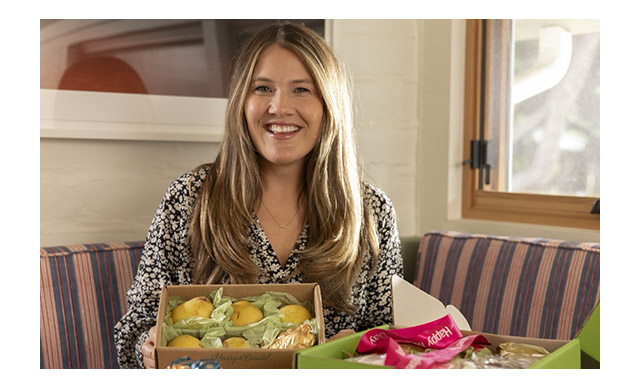
When her husband deployed to Afghanistan in 2021, she shared her thoughts about the situation on social media. After an overwhelming response, she decided to ask for donations to help pregnant mothers whose husbands were away on active duty. In 24 hours, she raised $80,000!
She has since teamed up with her friend (and another military mom), Heather Looney, to support military families in other difficult situations, such as when a servicemember is killed in on-duty accidents. “We raise close to $100,000 every year,” Caro says.
Sharing money smarts
Money often lies at the heart of the hurdles mothers encounter. And the complexities of earning, managing, and imparting financial wisdom to their children often rank among the biggest trials of motherhood.
Carissa Jordan and Nikki Boulukos, two money-savvy moms, grew up in families where money was front and center. Carissa came from a blue-collar family that sometimes struggled, while Nikki was raised by two parents who were accountants.
Both ended up working in finance. Once they became moms, they quickly recognized the lack of resources for teaching kids about money management. Their collaboration led to the creation of Benjamin Talks, a platform focused on financial literacy for children to instill the value of financial planning and setting a foundation for lifelong financial well-being.
Carissa and Nikki developed Benji Bank as a practical tool to introduce children to financial concepts like budgeting, saving, and giving. They emphasize starting financial education early – as young as five – to instill good money habits and decision-making skills.
Additionally, Benji Bank’s giving component supports D.R.E.A.M., a nonprofit focused on financial literacy for underrepresented youth, fostering a sense of social responsibility and community involvement in children.
To learn more about Benjamin Talks – and just in time for Financial Literacy Awareness Month – be sure to check out my conversation with Carissa and Nikki on Celebrations Chatter.
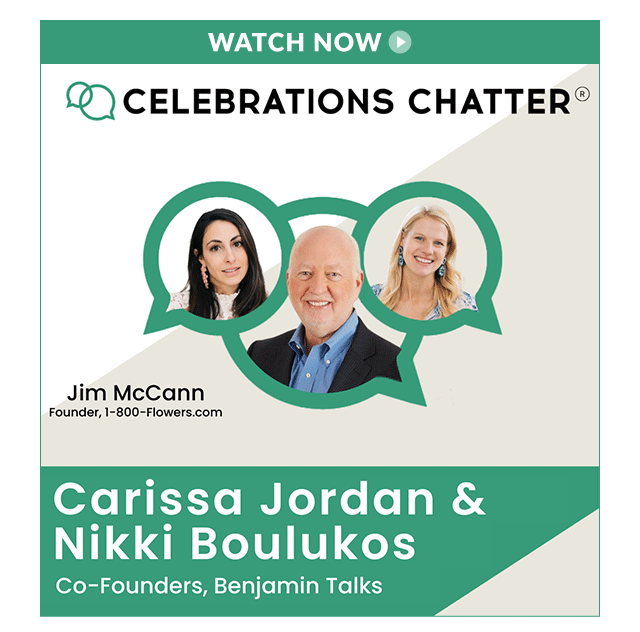
An Amazing Mom helping other moms (and dads)
Another struggle for moms (and dads) is how to return to the workforce after taking time off to raise children. That’s where Anna McKay comes in. Inspired by her own experiences and witnessing women’s challenges in transitioning back to work (aka “returners”), she recognized the need for coaching and support. She views parenting as a career with transferable skills that can be effectively conveyed to potential employers.
After hosting her first group coaching program for mothers, Anna realized the potential of her work. This led her to establish “THRIVE Like a Mother,” later renamed “THRIVE Like a Parent,” to provide coaching sessions and resources for returners, working parents, and caregivers. In 2019, she broadened her services with Parents Pivot, which includes one-on-one coaching, manager training, and support for career transitions, for both moms and dads.
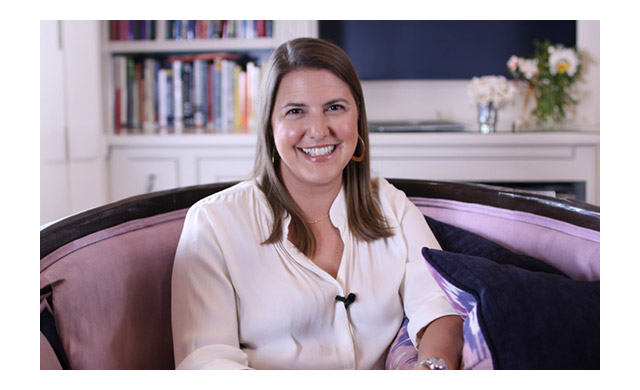
Anna’s approach to coaching is to advocate for parents. She believes in empowering them so that they identify their goals and navigate challenges associated with returning to work. Part of this involves encouraging parents to see the benefits of reentering the workforce, such as financial support, personal growth, and setting an example for their families.
Anna also emphasizes the importance of involving other family members in household responsibilities, teaching children valuable life skills, and reducing mom guilt by promoting independence and responsibility. Her coaching style blends tough love with empathy, guiding parents through the transition while simultaneously being supportive.
As we prepare to celebrate Mother’s Day, the stories of Caro, Carissa and Nikki, and Anna, are powerful reminders of the impact of motherhood. Despite facing challenges while raising their children, they’ve transformed their experiences into valuable lessons for fellow moms – and for all of us. Thank you for inspiring and uplifting us all.
All the best,
Jim


